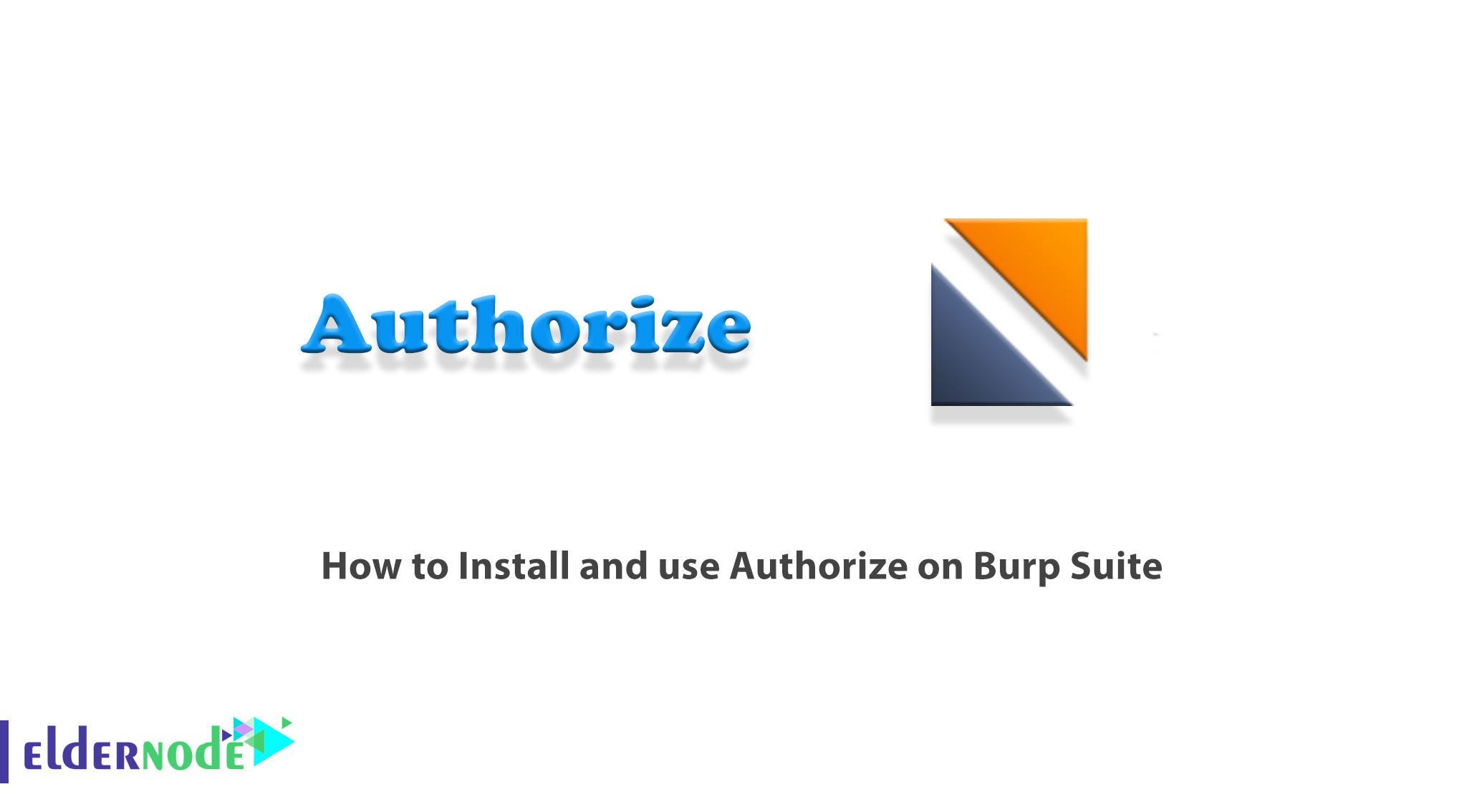
In the screenshot above, you can see the two options: Forward and Drop. And as soon as I hit “Login” I saw the request being made from my browser to the web server in Burp: For example, on the login page of Mutilliade i used admin name and admin123 password. What this allows you to do is see the request as its made but gives you the control to either forward it to the web server or simply drop the request (like a typical MiTM). One thing you have to do is turn on the Intercept option in Burp. Now as you navigate through your Mutilliadae webpage, all your requests should go through Burp. Here is my proxy configuration on Firefox: Likewise, you would have to configure your browser to that same proxy. On your VM, this would be your localhost (Proxy Tab > Options): To do so you have to configure Burp as your proxy. However, if you need more information on configuration here are some great video guides on Mutillidae in fact, I used some of these myself while configuring Burp to work with Mutilliade.Īfter finishing all of the above prep work, I was ready to run Burp!įor those who are not familiar with Burp, it’s an interception proxy which sits between your browser and the web server and by doing so it is able to intercept requests/responses and provides you the ability to manipulate the content. Setting up the Mutillidae in pretty simple – all I had to do was change my network configurations to NAT and that was it. This was perfect for what I was looking for. This distribution comes pre-installed with Mutillidae, which is a “ free, open source, deliberately vulnerable web-application providing a target for web-security enthusiasts”. I give my VM instance 4GB RAM and 3 cores more than enough horsepower.


Here is a good guide to the installation process.
Burp suite install install#
SamuraiWTF gives you the option to run from a live disk or install it in a VM. This was a no-brainer – and within minutes I found a few distributions that were designed for testing and learning web application security such as SamuraiWTF, WebGoat and Kali Web Application Metapackages. I decided to go with SamuraiWTF. Bummer! Now I had to decide between setting up a web server myself or finding a commercial distribution that came pre-built with one. Right when I finished my installation of Burp, I realized that I did not have a web application running in my lab that I could use to test Burp against. Here is how the initial interface looks like: The installation process is straightforward and in no time you have Burp up and running.
Burp suite install download#
I decided to download the free edition from here in my home lab. Just like a lot of other security tools, Burp has a community version along with its commercial product. I had heard of Burp before but never really had the chance to play around with it – until now. The other day I came across a social media post that was about utilizing Burp Suite to identify vulnerabilities in web applications.


 0 kommentar(er)
0 kommentar(er)
